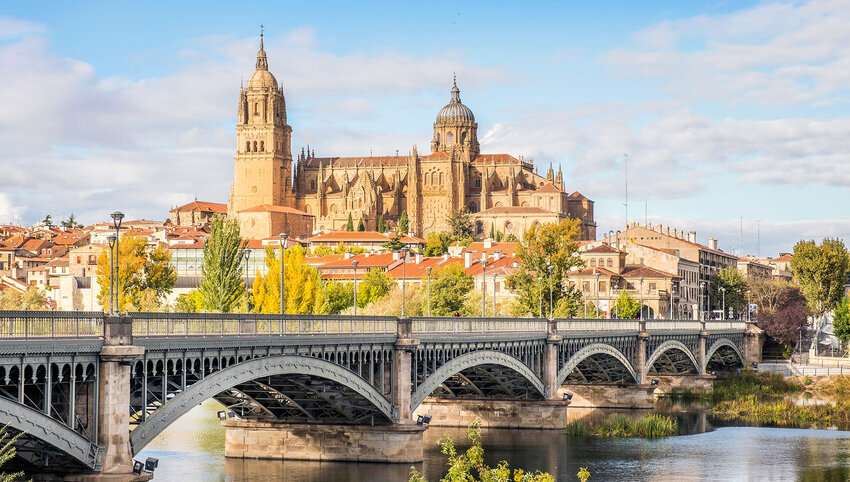Sponsored By:

Spain’s sandy coasts, along with its captivating cities such as Barcelona, Madrid, and Sevilla, make this Iberian nation one of the most visited in the world. Yet even here, there are a plethora of places that remain firmly off the beaten track – at least where international tourism is concerned. If you’re keen to see the parts that locals might wish to keep to themselves, here are the spots in Spain that tourists always miss.
Before You Go
Spanish is one of the most widely spoken languages in the world, so before you head to the birthplace of this fascinating Romance language, you might want to brush up on your "por favor" and "gracias." With Babbel, it's easier than ever to learn a new language. Their bite-sized lessons take only 10 minutes a day and will have you speaking like a native by the time you arrive on Spain's stunning coast.
Salamanca
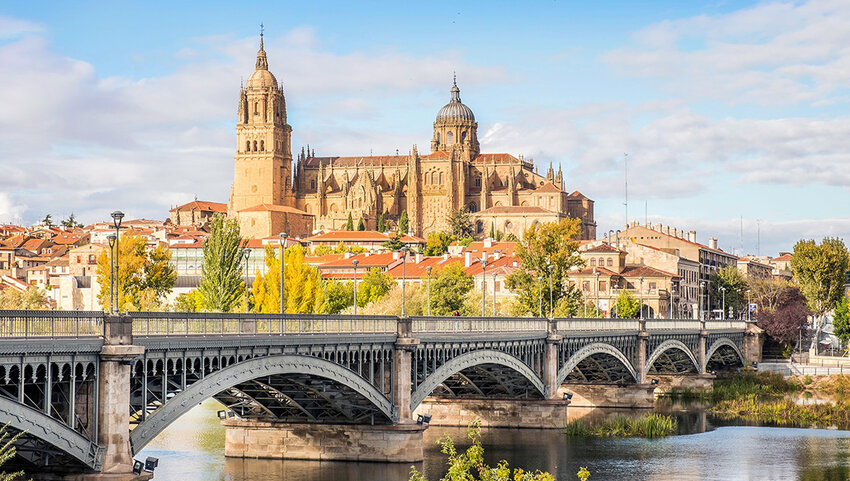
While day-trippers from Madrid flock to Toledo and Segovia, relatively few make it to the city of Salamanca. But this bright university town has plenty to offer visitors. Its 13th-century university is the fourth oldest in Europe, and today’s students help fuel a lively atmosphere and buzzing nightlife. By day, a rooftop tour of the city’s Old Cathedral is a must. You’ll access not only the bell tower but the roof as well, enjoying a unique view over the rest of the city. The Clerecia Towers are also worth the hamstring workout. Back at street level, you won’t want to miss the Casa de las Conchas (Shell House in Spanish), a 15th-century mansion that incorporates around 300 carved scallop shells into the fabric of the building.
Cazorla

Cazorla is a pretty Andalusian village that makes the ideal base for exploring the limestone mountains and gorges of the Sierras de Cazorla, and Las Villas National Park. But it’s also a destination in itself. Whitewashed homes overlook bucolic groves of olive trees, while above you’ll find the Virgen de la Cabeza hermitage and the ruins of Castillo de la Iruela. There’s plenty to discover in its characterful old town, too, such as the Moorish castle of La Yedra, the ruined church of Santa Maria, and the vaulted arches of the Bóvedas Del Rio. To fully appreciate the spectacular setting, hike the trail up to the Peña de los Halcones, the hill that overlooks Cazorla and the surrounding countryside.
Extremadura
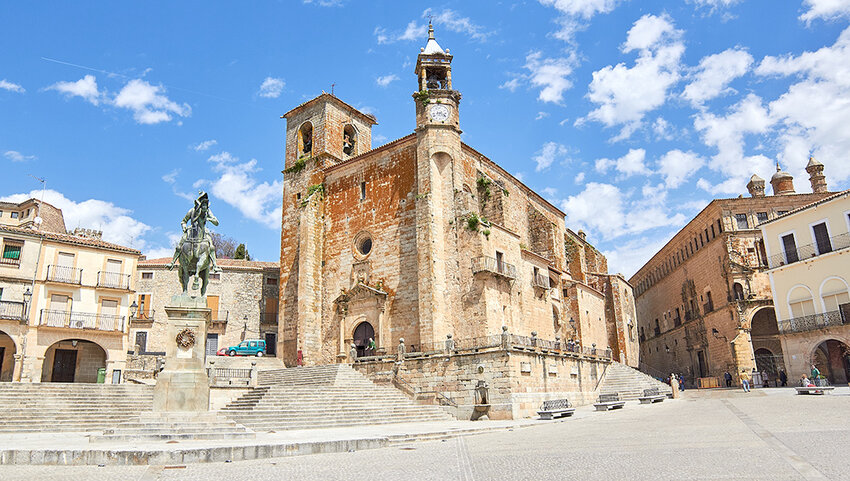
Andalusia’s neighbor Extremadura marries ravishing natural beauty with fascinating cities. From the Roman ruins that litter Mérida to the conquistador heritage of Trujillo, there’s plenty to engage history buffs. Meanwhile, the towering stone walls of the Ciudad Monumental in Cáceres enclose a plethora of architectural styles – little wonder that UNESCO protected it as a World Heritage Site. Grab a coffee in the vast Plaza Mayor before climbing the flight of steps that lead up to a delightful maze of alleyways and squares. Beyond the urban areas, the Extremaduran countryside is every bit as alluring. Admire the bulbous granitic geology of the Los Barruecos Natural Monument or, in spring, the splendid cherry-laden Jerte Valley. In Monfragüe National Park, position yourself at the Salta del Gitano lookout to marvel at the vivid emerald water of the River Tajo as black vultures circle overhead.
The Picos de Europa

The Picos de Europa form part of the Cantabrian Mountains in northern Spain. Set your sights on the medieval town of Potes, whose stone buildings surround the confluence of the Quiviesa and Deva rivers. For confident drivers, the scarily narrow Desfiladero de la Hermida is an adventure in itself. There are endless possibilities for days out. Lace-up your boots to tackle the trail that hugs the side of the extraordinarily beautiful Cares Gorge. Hop on the underground funicular in Poncebos and emerge in the quaint farming village of Bulnes. Visit Covadonga’s two dazzling glacial lakes: Lago Enol and Lago Ercina. Drive up to Sotres, the highest village in the Picos de Europa, to sample the Cabrales cheese. Ride the Fuente Dé cable car; from the summit station hiking trails radiate out through delightful mountain and forest scenery.
Peratallada

Peratallada is easy to reach from the Catalonian cities of Barcelona and Girona. The place gets its name from “pedra tallada” which translates as "engraved stone." People have settled here since the Bronze Age, though much of what you see in the village today dates back to medieval times. This well-preserved fortified village boasts a castle that was constructed in the 11th century, to which an architect-designed garden was added in 2015. There are numerous other centuries-old stone buildings nearby and just beyond the ancient walls, you’ll discover the 13th-century church of Sant Estève. With all that history, it’s no surprise that locals will proudly tell you their village was one of the filming locations for Kevin Costner’s 1991 movie Robin Hood, Prince of Thieves. Try to time your visit for the colorful Festa Major, which takes place each August, or the medieval festival that’s held every October.
Salto de Nervión
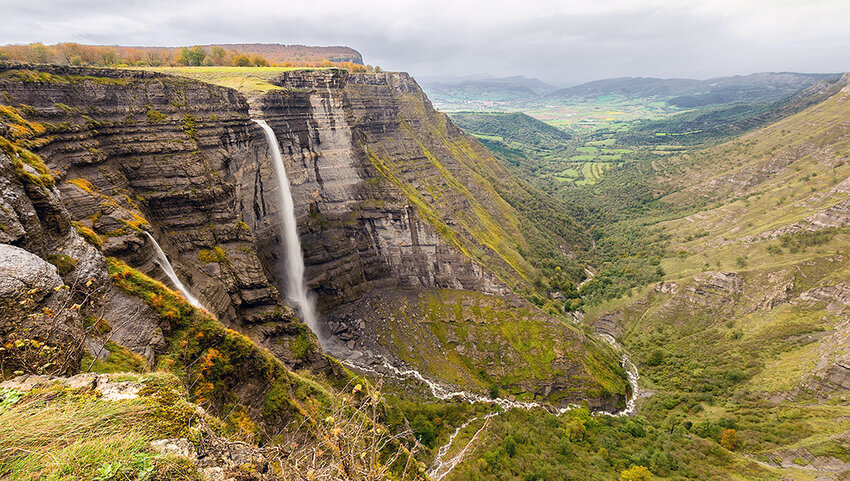
Spain’s highest waterfall is the Salto de Nervión. This impressive cascade of water plunges 728 feet into the Delika Canyon below. But there’s a catch: the waterfall only flows for a few months each year as the rainfall in this region isn’t sufficient to sustain it year-round. Nevertheless, the karst landscape that surrounds the spot is worth a visit even if the waterfall has disappeared, particularly in fall when the leaves of the area’s beech trees turn photogenic shades of russet, bronze, and gold. Golden eagles, peregrine falcons, and Egyptian vultures are sometimes seen soaring overhead. Numerous hiking trails exist, but to truly appreciate the scale of the place head to the Mirador de la Esquina de Rubén, a lofty viewpoint.
La Graciosa
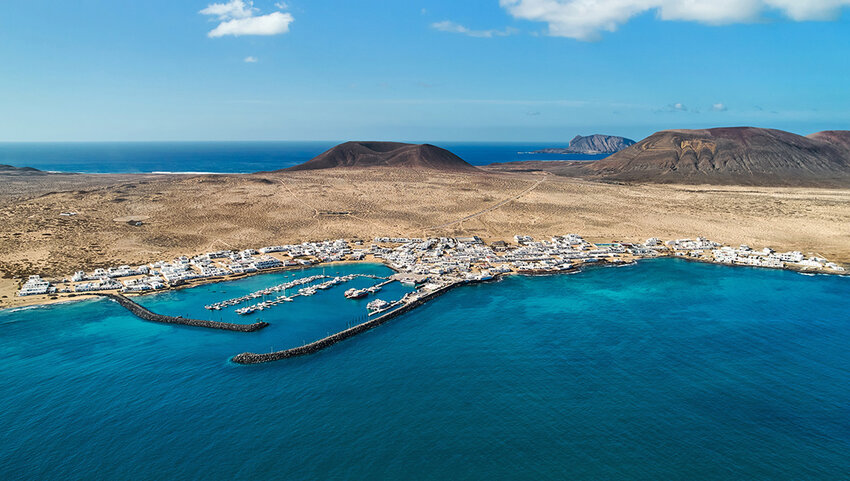
La Graciosa is one of the least visited of Spain’s Canary Islands. Peaceful and serene, it’s the kind of place you come to relax and unwind. Located off the northern tip of Lanzarote, it’s less than four nautical miles away from its larger neighbor, Lanzarote. From the moment you step off the ferry, it’s like turning back time. Mass tourism has yet to reach this place, which has no airport and no paved roads. Instead of big hotels, you’ll find guest houses and apartments for rent. Beyond Caleta de Sebo, the island’s only settlement, you’ll need to hike or bike to reach unspoilt beaches and tucked-away coves. Boat trips are also popular in the Chinijo Archipelago; the island is part of the largest protected marine reserve in Europe. Book a dive excursion for a chance to see the critically endangered Angel Shark and the corals of Bajo de Las Gerardias. This lack of tourism infastructure means you'll want to brush up on your Spanish before you arrive, so you can better navigate this stunning island paradise.

